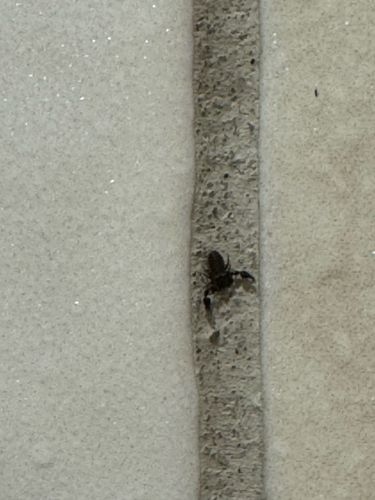Pseudoscorpion
Scientific Name: Pseudoscorpiones (an order of arachnids)
Order & Family: Order Pseudoscorpiones, various families (e.g., Cheliferidae, Chernetidae)
Size: Most species range from 2 to 8 millimeters (0.08 to 0.31 inches) in length, though some can be as small as 1 mm or as large as 12 mm.

Natural Habitat
Pseudoscorpions are found globally in a wide range of habitats, including under tree bark, in leaf litter, soil, moss, under stones, in caves, and even in abandoned bird nests and under house siding. Some species are phoretic, meaning they hitch rides on larger insects or mammals to disperse.
Diet & Feeding
Pseudoscorpions are predatory and feed on small arthropods such as mites, tics, small insect larvae, ants, and springtails. They paralyze their prey with venom injected through their pedipalps and digest the contents externally before sucking up the liquefied tissues.
Behavior Patterns
Pseudoscorpions are often found under bark, stones, leaves, and in soil. Some species can be found in homes, often in bathrooms or basements where humidity is higher. They spin silk to create cocoons for molting, overwintering, or protecting eggs. They are solitary and are generally docile towards humans. They use their pedipalps to capture prey and inject venom. Males often perform complex courtship dances.
Risks & Benefits
Pseudoscorpions are generally harmless to humans as they do not sting or bite and are too small to penetrate human skin. They are beneficial insects because they prey on common household pests like dust mites, carpet beetle larvae, and clothes moth larvae, acting as natural pest control. There are no known risks to humans.
Identified on: 8/19/2025